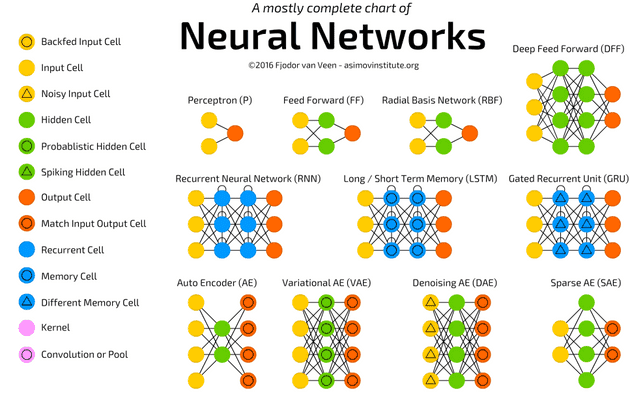NLP Techniques
Aug 14, 2024

Natural Language Processing (NLP) is a rapidly evolving field that combines linguistics, computer science, and artificial intelligence to enable machines to understand and interact with human language. This blog post delves into various NLP techniques, their applications, and how they can be implemented in coding.
Understanding NLP
Natural Language Processing is a subset of artificial intelligence that focuses on the interaction between computers and humans through natural language. The goal of NLP is to read, decipher, understand, and make sense of human language in a valuable way. This involves several techniques that allow computers to process and analyze large amounts of natural language data.
Key NLP Techniques
Tokenization: Tokenization is the process of breaking down text into smaller units called tokens. These tokens can be words, phrases, or sentences. Tokenization helps in understanding the context and meaning of the text.
Stemming and Lemmatization : These techniques reduce words to their base or root forms. Stemming uses a crude heuristic process that chops off the ends of words, while lemmatization considers the morphological analysis of the words.
Stop Words Removal : Stop words are common words that do not add significant meaning to a sentence. Removing these can improve the performance of NLP models.
Named Entity Recognition (NER) : NER is a technique used to identify and classify key entities in text into predefined categories such as names of people, organizations, locations, etc.
Part-of-Speech Tagging : POS tagging assigns parts of speech to each word in a sentence, which helps in understanding the grammatical structure.
Applications of NLP Techniques
NLP techniques are widely used across various industries, including:
Customer Service: Chatbots and virtual assistants use NLP to understand customer inquiries and provide relevant responses.
Healthcare: NLP can analyze patient records and clinical notes to extract meaningful insights.
Finance: Sentiment analysis helps in understanding market trends by analyzing news articles and social media.
E-commerce: NLP is used for product recommendations and analyzing customer reviews.
Conclusion
NLP techniques are fundamental in bridging the gap between human communication and computer understanding. As technology advances, the applications of NLP will continue to expand, making it an essential area for developers and data scientists to explore. By implementing these techniques, businesses can gain valuable insights from unstructured data, enhance customer experiences, and drive growth.
By embedding NLP techniques into your projects, you can unlock the potential of language data and transform the way your applications interact with users. As you continue your journey in NLP, consider experimenting with the provided code snippets to deepen your understanding and capability in this exciting field.